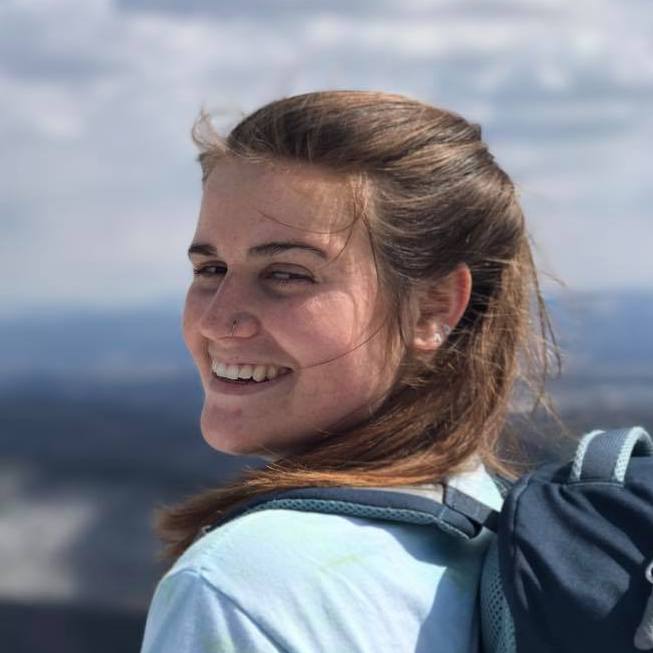 | By Natalie LaveryMedia Outreach and Innovation Intern |
When the early explorers arrived in the The Western Hemisphere in early 1500s, it was a vast sea of wilderness surrounded by small colonies of civilization. Today, over 200 years later, it’s a sea of civilization encased by small clusters of protected wilderness areas. If society continues at this pace, unchallenged by politics and reform, a depletion of natural areas could quickly become an reality.
The solution lies within reconstructing environmental education. A passion for the outdoors must be ignited to encourage environmental conservation. Hands-on experience with nature is essential to developing awareness.
According to the North American Association for Environmental Education, a direct connection with nature is “a radical but necessary call for conservation.” Professionals need to promote both education and action to unite and drive environmentally-responsible behavior and enhanced well-being for all.
The next generation of environmental leaders need to grasp this concept and utilize hands-on environmental education in their fields of work. The reconstruction of environmental education will ultimately result in a complete focus on values and encourage involvement from all sides of the political spectrum.
“Working in wilderness helped me discover self-confidence, self-reliance and the leader within me,” Johanna Arredondo, a graduate student studying Forestry Recreation and Environmental Conservation at Virginia Tech, said. “I believe wilderness is an awesome venue to discover these skills…and to start to think critically about what we do in these places.”
These outdoor interactions may range from a community garden in the midst of a crowded city, watching a bird atop a telephone wire to a ten-day backpacking trip. Nonetheless, the desire to conserve almost always stems from direct experience.
The North American Association for Environmental Education and its youth-targeted program, The Student Conservation Association, support this hands-on approach to advocacy. Both associations work to create a sustainable future where environmental responsibility provides a framework for all industrial choices. They work to ignite environmental literacy through the power of education.
“I don’t think that the wilderness has to be this ‘other place’ that people go to find that connection,” Laurel Ady, the training coordinator for the Student Conservation Association, said. “Any opportunity that people have to do things within their own places ... with the nature that's around them is just as important.”
Leave No Trace, an outdoor ethics program, works with the same goals as the North American Association for Environmental Education to offer experiential learning through encouraging both engagement and protection.
Leave No Trace is a conservation program that makes people aware of the impact they have while enjoying protected areas. It creates and teaches low-impact practices that will allow an ever-increasing number of people to visit and reek the benefits of protected natural areas.
Conservation programs are an integral part of an inclusive movement working to protect natural areas— in urban and rural settings— through teaching responsible practices.
“Every little bit helps,” Dave Lauther, the Virginia Advocate for Leave No Trace, said. “It’s a combined effort, the more people we can get involved to spread the environmental messages the better.”
Leave No Trace and the environmental movement as a whole cannot make strides until they are inclusive. Jeffrey Marion, a Recreation Ecology Government Scientist and founding member of Leave No Trace, said the movement cannot exist when only fostered by people on the extreme side of the spectrum.
The movement requires not only the statistical outliers, but a broad spectrum people in the middle to mobilize and creating lasting change. Hunters, fishers and other sportsmen often care about the environment as much as conservationists — they are friends of the movement and have shared objectives.
“Everyone who cares about being in the outdoors needs to be enlisted in protecting those places,” Marion said. “If we don’t have a sizable proportion of people in that boat, we’re going to lose these [wild] places.”
The end of last year was the first time a United States president has substantially reduced the size of a protected natural area. In December, Bears Ears was cut by 85 percent and the Grand Staircase National Escalante Monument was reduced by nearly 50 percent, a total loss of around 1.2 million acres.
These drastic cuts should serve as a wakeup call for all environmentalists. The parks can’t speak for themselves, they need human activists to care and advocate for them.
“Without visitation to our national parks, without people forming a connection to these areas, over time their value may be lost to those who have never been to them and we may lose advocates for protection,” Arredondo said.
While the answer to invoking environmental awareness may be deeper than simply finding pleasure within outdoor recreation, every effort counts. Even if the alpine skiers solely focus on protecting their beloved mountain tops and the surfers in California devote their attention to coastal preservation, the conservation efforts will still thrive in isolation. The solution to the environmental crisis is embedded in the connection, one that is fostered through education.
A fundamental purpose of the National Parks is to accommodate both recreation and protection of natural resources. The responsible use of national parks and programs such as Leave No Trace and the North American Association for Environmental Education will bind a force of like-minded people who not only care for the protected areas but the environment as a whole. This force will outweigh the negative recreational impact.
The restriction of National Park visitation would create a diminishing population of people who truly care about the wellbeing of the environment. A lack of visitation and advocacy will encourage politicians to pursue similar cuts to protected areas as the devastating ones we witnessed last December.
Caring for the environment is a universal responsibility and is essential for self preservation. Human life cannot survive without non-partisan conservation of natural resources, whether that be in a national park or in a backyard stream.